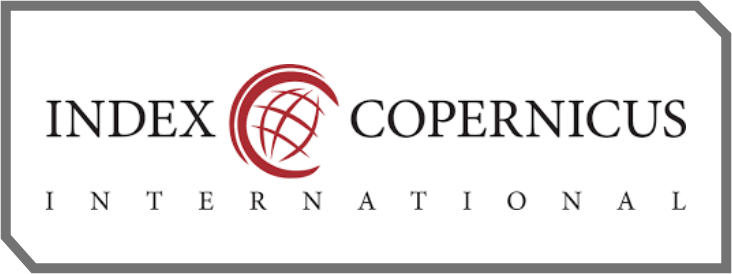| E-ISSN .: 3063-5357 :. |
 |
| P-ISSN .: XXXX-XXXX :. |
| Articles |
| Current Issues |
| Previous Issues |
| Submission |
| Submission to HarmonyPhilosophy |
| Author Guidelines |
| Author Fees |
| Policies & Procedures |
| Editorial Team |
| Reviewer Team |
| Focus and Scope |
| Peer Review Process |
| Publication Ethics |
| Open Access Policy |
| Archive Policy |
| Open Access Statement |
| Policy of Plagiarism |
| Journal License |
| Information |
| For Librarians |
| For Author |
| For Readers |
| Indexing |
 |
 |
 |
 |
| Template |
 |
| Contact |
 |
| Visitors |

